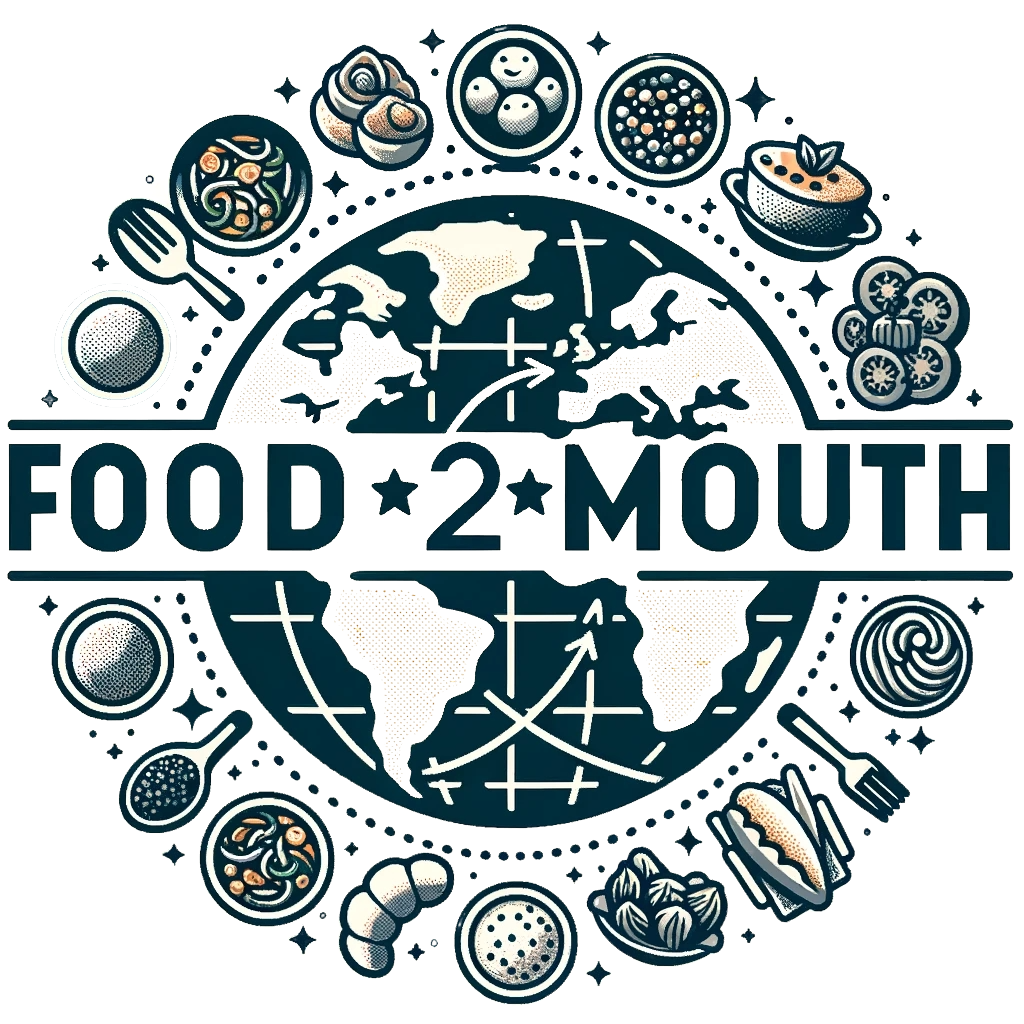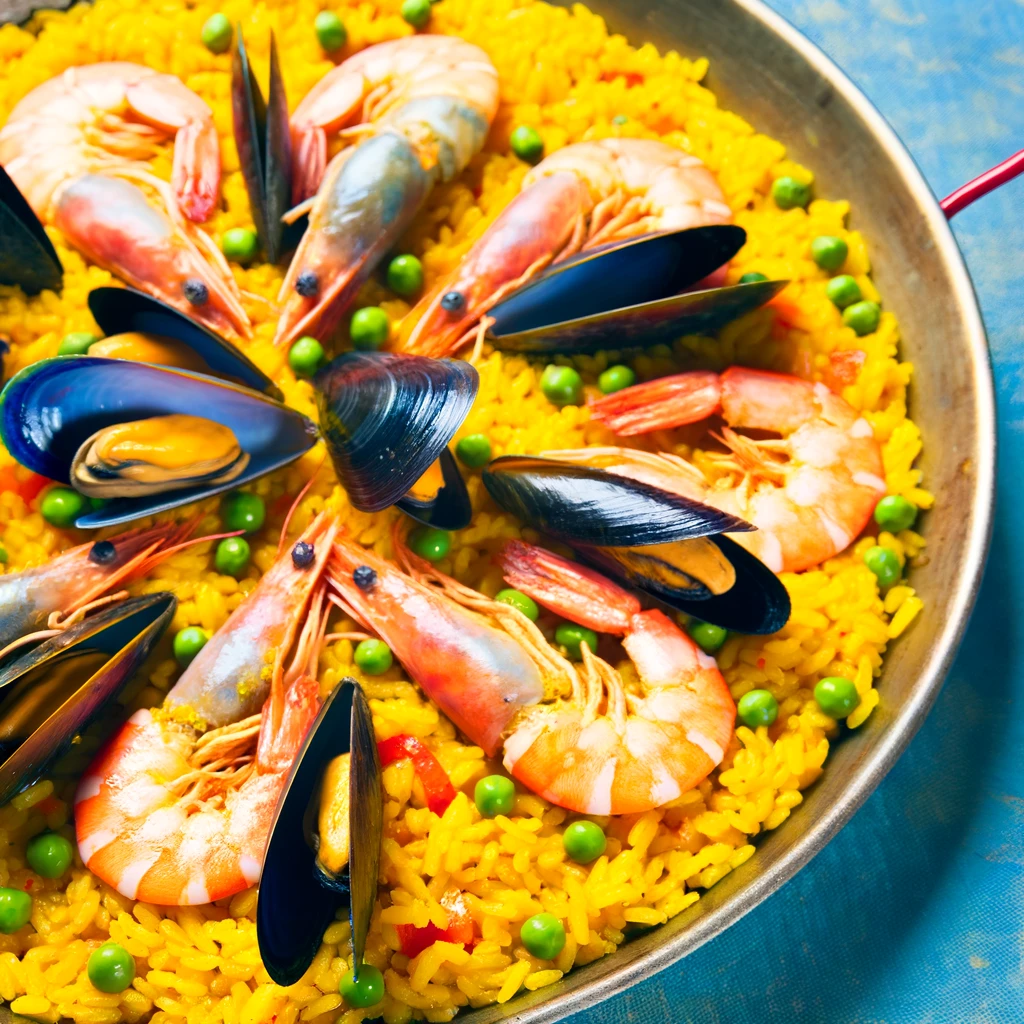A Global Morning Ritual
The evolution of breakfast, a meal deeply ingrained in cultures worldwide, offers a window into the history and habits of societies. From ancient nourishment to modern dining, breakfast has continuously adapted to meet the changing needs and tastes of people.
The Dawn of Breakfast: Ancient Beginnings
The concept of breakfast, as we know it today, has evolved significantly from its ancient origins. This section delves deeper into the historical context of the earliest breakfasts.
Ancient Egypt: The Cradle of Breakfast
In ancient Egypt, the first meal of the day was both a necessity and a ritual. The Egyptians, primarily an agrarian society, started their day early, needing sustenance for the long hours of labor ahead. Their morning meal often consisted of simple, hearty foods like bread made from emmer wheat, accompanied by onions, garlic, and sometimes a rudimentary beer brewed from barley. These ingredients were not just chosen for their availability but also for the energy they provided.
Greek and Roman Influences
The Greeks and Romans introduced their own breakfast traditions. In ancient Greece, breakfast, known as ‘akratismos,’ was a modest affair, typically comprising barley bread dipped in wine, sometimes supplemented with olives or figs. This light meal was rooted in the belief that simplicity in eating was essential for health and well-being. The Romans, on the other hand, had ‘ientaculum,’ a meal that included bread, olives, cheese, and sometimes fruit or nuts, echoing the Greek emphasis on simplicity but with their distinct culinary touches.
Breakfast in the Far East
In ancient China, breakfast foods varied significantly by region but often included rice porridge or congee, a testament to rice’s central role in Chinese cuisine. This simple dish, often flavored with small amounts of meat, fish, or herbs, provided warmth and nourishment, setting the foundation for the day’s activities. Similarly, in Japan, the traditional breakfast consisted of rice, miso soup, and side dishes like pickled vegetables and fish, reflecting the Japanese ethos of balance and simplicity in meals.
Medieval Europe: A Shift in Breakfast Culture
In Medieval Europe, breakfast underwent a transformation. The morning meal was often skipped by the nobility, as it was associated with laborers who needed early sustenance for physical work. However, for those who did partake, it typically included bread, cheese, and ale. It was during this period that the cultural perceptions around breakfast began to shift, laying the groundwork for the more elaborate breakfast rituals that would emerge in the Renaissance and beyond.
This exploration into the ancient beginnings of breakfast reveals the meal’s deep-rooted cultural significance and its evolution over time, influenced by geographical, societal, and economic factors.
Europe’s Influence: A Hearty Transformation
The transformation of breakfast in Europe, particularly from the Renaissance to the Industrial Revolution, marked a significant change in how this meal was perceived and consumed. This section explores this pivotal era in the history of breakfast.
Renaissance: The Dawn of a New Breakfast Era
During the Renaissance, Europe saw a marked shift in breakfast habits. With a growing emphasis on social and cultural gatherings, breakfast began to evolve into a more elaborate affair, especially among the aristocracy. In countries like France and Italy, breakfast expanded beyond the simple fare of bread and cheese to include a variety of meats, fruits, and even sweet pastries. This change was not just culinary but also a reflection of the Renaissance’s broader celebration of art, culture, and the pleasures of life.
The Industrial Revolution: Breakfast for the Workforce
The Industrial Revolution brought about another significant shift. As people moved from rural areas to cities for work, the need for a substantial breakfast to sustain long hours of labor became crucial. In Britain, for instance, the traditional English breakfast, including eggs, bacon, sausages, and toast, became a staple. This hearty meal provided the necessary energy for the physically demanding work in factories and mines. It was during this period that breakfast began to resemble its modern form, both in terms of substance and importance.
Colonial Influence and the Introduction of New Foods
European colonialism also played a role in transforming breakfast. The introduction of foods like potatoes, tomatoes, and coffee from the New World changed the breakfast landscape significantly. Coffee, in particular, became a breakfast staple in many parts of Europe, replacing the traditional morning ale and becoming synonymous with the morning rush. The introduction of tea from Asia also changed morning routines, especially in Britain, where the traditional ‘tea and toast’ became a quintessential start to the day.
The Emergence of Breakfast Cereals
In the late 19th and early 20th centuries, the advent of breakfast cereals marked another milestone. Initially developed as health foods by figures like John Harvey Kellogg, cereals quickly became popular for their convenience and perceived nutritional value. This era saw the birth of iconic brands and products that are still part of the breakfast tradition in many households around the world.
Through these transformations, breakfast in Europe evolved from a simple, often overlooked meal to a diverse and substantial fare, reflecting broader social, economic, and cultural changes. This evolution played a significant role in shaping how breakfast is perceived and enjoyed globally today.
American Breakfast: A Melting Pot of Influences
The evolution of the American breakfast is a fascinating story of cultural convergence and innovation. This section delves into how diverse influences shaped the unique breakfast traditions in the United States.
Early Colonial Influence
In the early colonial days, American breakfast was heavily influenced by British and European customs. Settlers typically consumed hearty, simple meals consisting of porridge, bread, and ale or cider. However, as the colonies expanded and interacted with Native American tribes, indigenous foods like cornmeal and maple syrup began to integrate into their diets, leading to the first steps toward a distinct American breakfast tradition.
The Impact of Immigration
The great waves of immigration in the 19th and early 20th centuries had a profound impact on American breakfast. Each new group brought its own breakfast traditions, which gradually blended into the American culinary landscape. The Germans introduced sausages and cold cuts, the Italians brought various forms of bread and pastries, and the Chinese influenced the coastal regions with their rice-based breakfasts. These diverse influences combined to create a breakfast culture that was distinctly American in its variety and inclusivity.
The Southern Breakfast Tradition
In the South, breakfast took on its own unique character, deeply influenced by African American culture and cuisine. Dishes like grits, biscuits with gravy, and pork-based products like bacon and ham became staples. This tradition also emphasized hearty, filling meals, reflecting the demanding physical labor prevalent in agricultural and rural communities.
The Rise of Convenience Foods
The post-World War II era in America saw a shift towards convenience and speed in breakfast foods. This period marked the rise of pre-packaged cereals, instant oatmeal, and frozen products like waffles and pancakes. The advent of fast-food breakfast items in the latter half of the 20th century further transformed the American breakfast landscape, emphasizing efficiency and portability.
Health and Wellness Trends
More recently, health and wellness trends have begun to influence American breakfast choices. Foods like yogurt, smoothies, and whole grain products have gained popularity. This shift reflects a growing awareness of nutrition and a desire for lighter, healthier breakfast options.
Through these stages, the American breakfast has become a reflection of the country’s diverse history and cultural influences. It is a testament to how food can both preserve tradition and adapt to new trends, environments, and societal changes.
Asia’s Diverse Morning Meals
Asia’s breakfast culture is as diverse as its geography, with each region offering unique and flavorful morning meals. This section explores the wide array of breakfast traditions across various Asian countries, highlighting how historical, cultural, and environmental factors have shaped these diverse culinary practices.
Traditional Chinese Breakfast
In China, breakfast varies greatly from region to region, but some common elements include dim sum in the south, particularly in places like Guangdong and Hong Kong, and hearty wheat-based foods in the north, such as steamed buns (baozi) and pancakes (jianbing). Soy milk and congee, a type of rice porridge, are widespread across the country, often accompanied by pickled vegetables or fermented tofu.
Japanese Morning Fare
Japanese breakfasts are typically a balanced affair, often consisting of steamed rice, miso soup, grilled fish, and pickled vegetables. This combination, while simple, is deeply rooted in Japan’s culinary traditions and emphasizes freshness and seasonality. In more recent times, Western influences have introduced bread and coffee, but the traditional Japanese breakfast remains a staple.
Indian Subcontinent’s Breakfast Diversity
India and its neighboring countries offer an incredibly diverse range of breakfast dishes, reflecting the vast cultural diversity of the region. In northern India, parathas (flatbreads) stuffed with various fillings are popular, while in the south, idli (steamed rice cakes), dosa (rice and lentil crepes), and upma (savory semolina) are breakfast staples. Each of these dishes is typically served with a range of chutneys and sambar (a lentil-based vegetable stew).
Southeast Asian Influences
In Southeast Asia, breakfast often includes rice or noodle dishes with a mix of local flavors. In Vietnam, pho (a noodle soup) is a common breakfast, while in Thailand, rice porridge with pork or fish, known as jok, is popular. Indonesian and Malaysian breakfasts often feature nasi lemak, rice cooked in coconut milk and served with a variety of side dishes like fried fish, eggs, and sambal (spicy chili paste).
Korean Breakfast Traditions
Korean breakfasts typically consist of a variety of small dishes. These may include steamed rice, soup, kimchi, and various side dishes (banchan) featuring vegetables, fish, or meats. This style of breakfast is deeply rooted in Korea’s agricultural history, where a hearty meal was essential for a day of labor.
In conclusion, Asia’s breakfast culture reflects its rich tapestry of histories, climates, and culinary traditions. From the steamed buns of northern China to the spicy sambar of southern India, each region offers a unique start to the day, deeply ingrained in the lifestyle and preferences of its people.
Breakfast Today: Globalization and Health Trends
In the contemporary world, breakfast has undergone significant transformations due to globalization and changing health trends. This part of the article examines how these two forces have reshaped breakfast menus around the globe, leading to a fusion of traditional and modern eating habits.
The Impact of Globalization
Globalization has blurred culinary borders, introducing a variety of international breakfast options to different parts of the world. In many urban centers, it’s now common to find an American-style breakfast of eggs and bacon alongside traditional local fare. Cafes and breakfast joints often offer a global menu, from Italian espresso and French pastries to Japanese rice bowls and Mexican burritos. This culinary cross-pollination has expanded the breakfast choices available to people worldwide, reflecting a growing appreciation for diverse food cultures.
Health-Conscious Breakfast Choices
Health trends have also significantly influenced breakfast foods. The rise in awareness about the importance of nutrition and the role of breakfast in overall health has led to a surge in demand for healthier options. Whole grains, such as oats and quinoa, have become popular for their nutritional benefits. Breakfast smoothies and bowls featuring acai or yogurt have gained popularity as nutrient-rich, quick options for people on the go.
Plant-Based and Sustainable Options
Alongside general health trends, there’s an increasing move towards plant-based and sustainable eating. Many people now opt for vegetarian or vegan breakfasts, driving demand for plant-based proteins like tofu and tempeh, and dairy alternatives such as almond and oat milk. This shift is not only health-driven but also reflects a growing environmental consciousness among consumers.
Fusion and Innovation
As a result of these global influences, breakfast today is more diverse than ever. Chefs and home cooks alike are experimenting with fusion dishes, combining traditional elements with new ingredients and techniques. For instance, a classic American pancake might be reinvented with matcha powder or topped with tropical fruits, while traditional Indian dosas are being filled with everything from avocado to artisanal cheeses.
Personalized Nutrition
Advances in nutrition science and technology have also led to the trend of personalized breakfasts, catering to individual dietary needs and preferences. From gluten-free bread to lactose-free milk, options are available for almost every dietary requirement. Apps and online services offering tailored meal plans have made it easier for people to enjoy a breakfast that fits their specific health goals.
In conclusion, breakfast today is not just a meal but a reflection of the interconnected and health-conscious world we live in. It’s a meal that respects tradition while embracing innovation, offering a delightful start to the day that caters to a wide array of tastes and dietary needs.
Conclusion: A Meal That Mirrors Society
The evolution of breakfast mirrors societal changes. From ancient sustenance to modern social and health trends, breakfast continues to evolve, reflecting the diversity and dynamism of global cultures.



